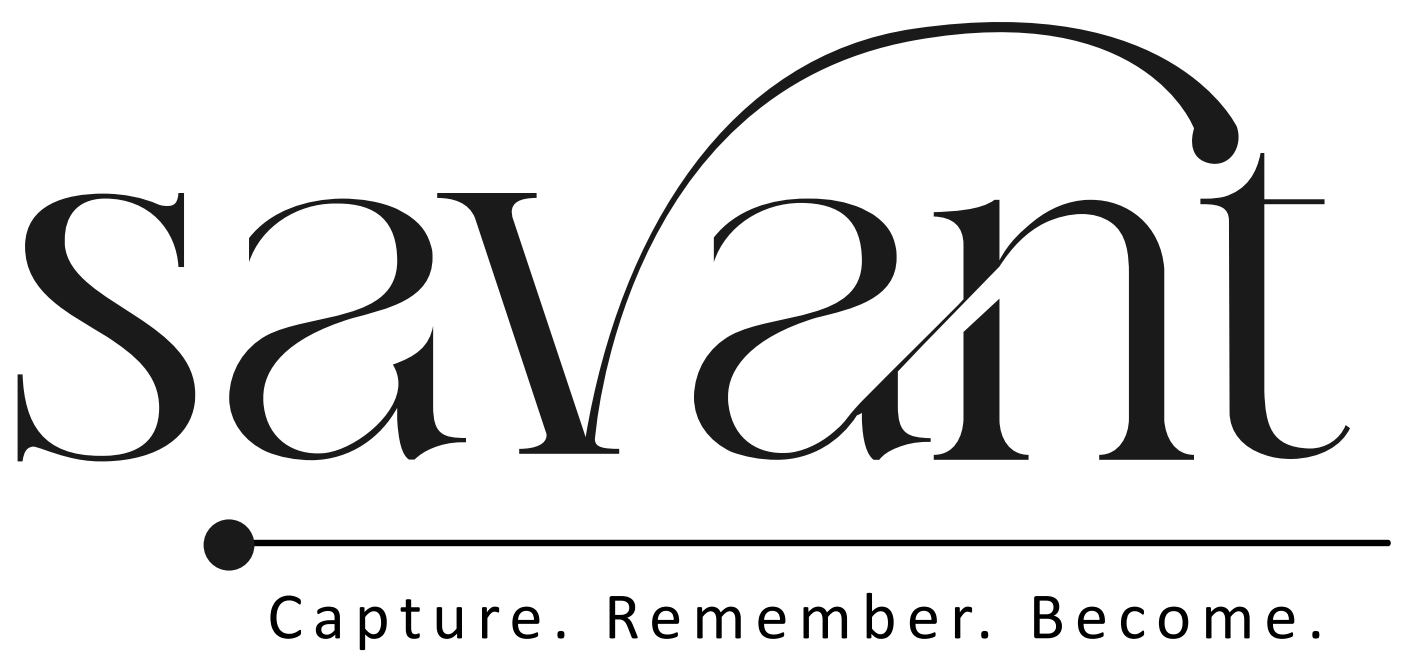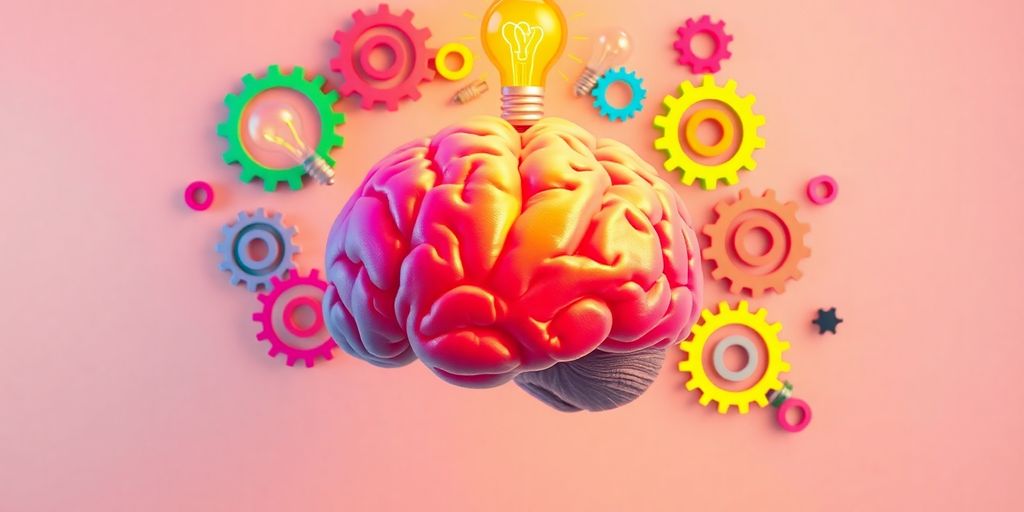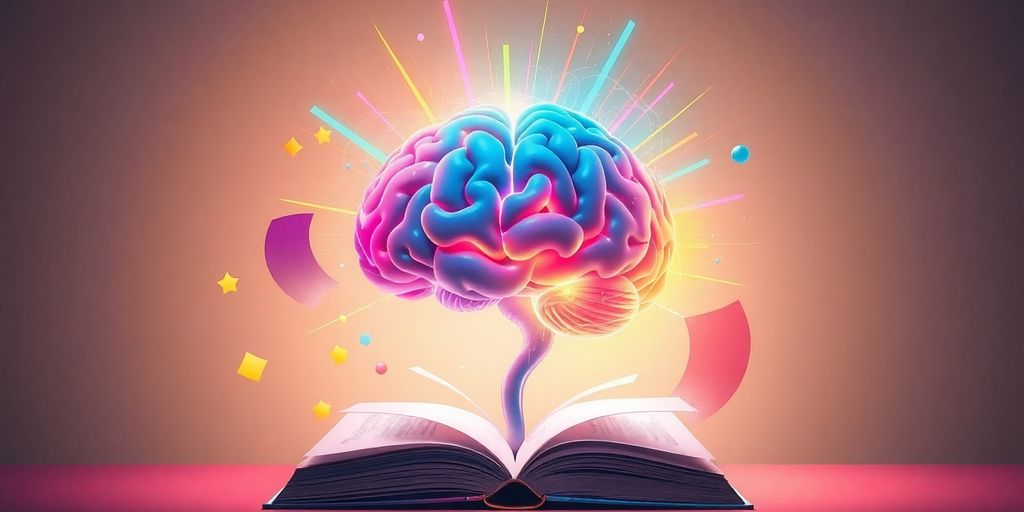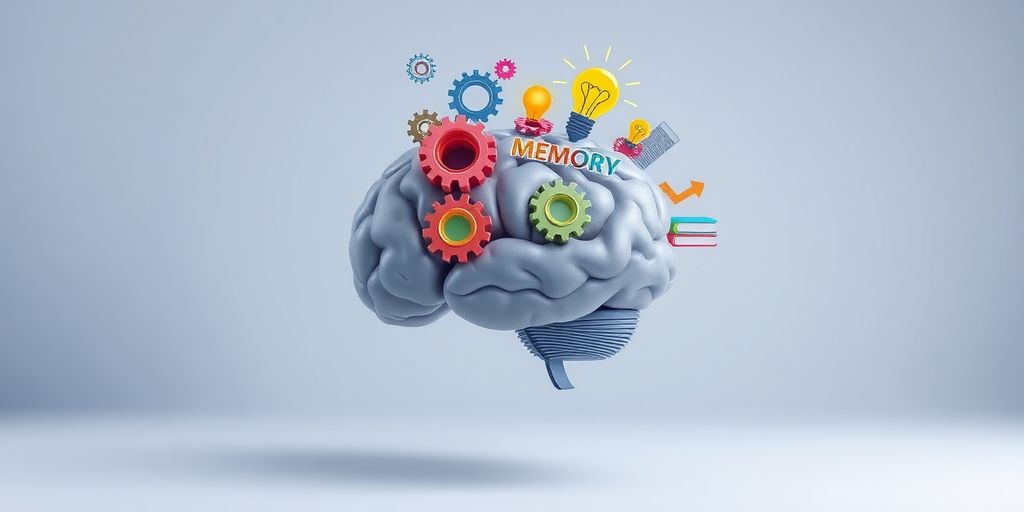Ever feel like your study routine isn’t quite doing the trick? Enter the Memory Palace method—a total game-changer for anyone wanting to up their learning game. This isn’t just about cramming facts; it’s about creating a visual journey through familiar places in your mind. By linking what you need to remember with spots you know well, studying turns from a chore into an adventure. Let’s explore how you can build your own Memory Palace and why it might just change the way you learn for good.
Key Takeaways
- The Memory Palace technique uses familiar places to help you remember stuff better.
- Creating vivid pictures in your Memory Palace can make things stick in your mind.
- Doing regular practice with your Memory Palace boosts memory retention.
- This technique works for different subjects, like languages, sciences, and history.
- Don’t overload your Memory Palace with too much info at once to avoid confusion.
Understanding the Memory Palace Technique
What is a Memory Palace?
Imagine walking through your favorite place, like your home or a park, and each spot you see holds a piece of information you want to remember. That’s the essence of a Memory Palace. It’s a mental technique where you link what you need to remember with specific locations you’re familiar with. This method turns your mind into a storage space that’s both personal and powerful. By visualizing these spaces, you can recall information more easily, making learning not just effective but kind of fun too.
The History of Memory Palaces
The Memory Palace technique isn’t some new-age trick. It’s been around since ancient Greece and Rome. Back then, speakers used it to memorize long speeches without notes. They’d picture themselves walking through a building, with each room holding a part of their speech. This method has been around for centuries, proving its worth over time. It’s amazing to think that something so old can still be so useful today.
Why Memory Palaces Work
So, why do Memory Palaces work so well? They tap into our brain’s natural ability to remember spatial information. Think about it: you might forget a friend’s phone number, but you can easily recall the layout of your favorite coffee shop. Memory Palaces use this spatial memory to help you remember other types of information by linking them to specific locations. Plus, it’s a lot more engaging than rote memorization. You’re not just memorizing; you’re exploring a world of your own making. That’s the real magic of Memory Palaces.
Embrace the power of the Memory Palace, and let it lead you to realizing your full potential. You’re not just improving your memory; you’re transforming how you think and learn. For more insights on how this technique can enhance your meditation practices, explore engaging memory training tips with insights from Michael Taft.
Building Your First Memory Palace
Choosing the Right Location
Let’s kick things off with location. You need a spot that’s as familiar as your own name. Think about your house, your best friend’s apartment, or even your favorite coffee shop. The idea is to pick a place where you can mentally walk around without getting lost. Keep it simple at the start. Complicated places might just confuse you. Here’s a quick checklist to get you going:
- Choose a familiar place: Your home, school, or workplace.
- Visualize your route: Imagine how you’d move through the space.
- Stick to simple areas: Avoid places with too many twists and turns.
Creating Vivid Images
Now, let’s spice things up with some imagination. Your memory palace should be filled with images that are as colorful and outrageous as possible. The more bizarre, the better they stick. Try imagining a giant pink elephant in your living room or a talking pineapple in your kitchen. Also, engage all your senses—think about what these images might smell like or the sounds they might make. This multi-sensory approach makes your palace more memorable.
Practicing Regularly
Like any skill, building a memory palace gets easier with practice. Set aside a little time each day to walk through your palace and reinforce those mental images. You could even turn it into a game, challenging yourself to remember more each time. Consistency is key here. Make it a part of your daily routine, and soon enough, recalling information will feel like second nature.
Building a memory palace is like crafting your own mental playground. It’s not just about memorizing; it’s about making learning a fun and engaging process. So, grab your imagination and start creating!
Advanced Memory Palace Strategies

Creating a Network of Memory Palaces
Once you’ve got the hang of a single memory palace, it’s time to expand your horizons. Think of it like building a collection of houses, each one dedicated to a different subject or type of information. Creating a network of memory palaces can really boost your memory capacity. Start with one solid palace as your base, and as you become more comfortable, add more. Each new palace can represent a different topic, and you can connect them through a story or journey. This makes it easier to recall information across different palaces.
Using Emotional Triggers
Emotions can be a powerful ally in memory retention. By attaching feelings to the images you create in your memory palace, you can make them more memorable. Use scents or sounds that remind you of the information, and think about how you felt when you learned the material. This emotional connection can significantly enhance your recall abilities.
Avoiding Common Mistakes
While memory palaces are a fantastic tool, there are some pitfalls to watch out for:
- Overloading Your Palace: Don’t cram too much information into one palace. Keep it simple and organized.
- Skipping Reviews: Regularly revisit your palaces to keep the information fresh. Spaced repetition is key.
- Lack of Practice: Like any skill, using memory palaces requires practice. Set aside time daily to work on your palaces.
Remember, the more you practice, the better you’ll get! Using these advanced techniques can help you unlock even more potential in your learning journey.
By mastering these advanced strategies, you can transform your learning experience and make studying an exciting adventure. Incorporating emotional triggers and avoiding common mistakes will ensure your memory palaces are as effective as possible.
Applying Memory Palaces to Different Subjects
Language Learning with Memory Palaces
Learning a new language can feel like climbing a mountain, but a memory palace makes it more like a fun hike. Picture this: each room in your house is filled with items labeled in the language you’re learning. Your kitchen? It’s packed with food items, all named in Spanish or French or whatever language you’re tackling. This turns memorization into an engaging activity. You can also weave stories around new words, making them stick in your mind. And hey, don’t just stop at imagining—walk through your palace and practice speaking out loud. It’s like having a conversation with your surroundings!
Mastering STEM Subjects
STEM subjects can be a bit of a puzzle, but a memory palace is like having a cheat sheet right in your brain. Break down those tricky formulas by assigning each part to a different spot in your palace. Maybe your living room holds the key to a physics formula, while your bedroom helps you remember chemical equations. Visualize diagrams in your palace, like a lab where experiments unfold. By placing related topics in nearby rooms, you create a mental map that shows how everything connects. It’s a lifesaver during exams.
Remembering Historical Events
History is full of dates and events that can feel like a jumble. But a memory palace? It’s your secret weapon for sorting it all out. Assign dates to places that mean something to you—like your old school for a major historical event. Create vivid images of these events happening in your palace. Imagine a battle scene unfolding in your backyard to remember a historical conflict. By telling a story that links these events and dates, you make them more memorable. It’s like turning your memory palace into a time machine, traveling through history with ease.
Memory palaces aren’t just about memorizing facts; they transform studying into an exciting adventure. By visualizing and connecting information, you can utilize memory palaces to enhance your study retention, making learning not just effective, but fun too!
Making Learning Fun with Memory Palaces
Enhancing Creativity and Imagination
Using a memory palace can be like opening the door to a creative wonderland. By visualizing colorful and unusual images in familiar spaces, you invite your imagination to play. Think of it as a mental playground where new ideas can freely roam. If you’re brainstorming for a project, try placing different concepts in each "room" of your palace and see how they connect. This approach not only sparks creativity but also makes learning more enjoyable.
Turning Study Sessions into Adventures
Studying doesn’t have to be a dull task. With memory palaces, you can transform your study sessions into exciting adventures. Imagine walking through a mystical castle where each room holds a piece of information you need to remember. This method makes the process fun and helps the information stick better. It’s like turning your brain into a super-powered memory machine.
Memory palaces aren’t just about memorizing facts; they’re about making learning an exciting journey. By visualizing and connecting information, you can unlock your full learning potential.
Tracking Your Progress
Keeping track of your progress is crucial when using memory palaces. Here’s a simple way to do it:
- Regularly review: Go through your memory palace frequently to reinforce your memory.
- Set goals: Decide what you want to achieve with each session and track your success.
- Reflect on your journey: Take time to think about what worked well and what could be improved.
By following these steps, you can ensure that your memory palace remains a dynamic and effective tool for learning.
Incorporating Memory Palaces into Daily Life
Adapting Techniques for Everyday Tasks
Memory palaces aren’t just for memorizing lists or studying for exams. They can be a fantastic tool for everyday tasks. Picture this: you’re walking through your house, and each room holds a different part of your to-do list. Need to remember to pick up milk? Imagine a giant milk jug sitting in your living room. By associating tasks with vivid images in familiar places, you transform routine chores into engaging mental exercises. Start simple, like memorizing your grocery list, and gradually tackle more complex tasks.
Using Memory Palaces at Work
Memory palaces can be a game-changer in the workplace too. Whether you’re preparing for a big presentation or trying to remember key points from a meeting, this technique can help. Create a mental "palace" for your presentation, placing each key point in a different "room". For meetings, associate important topics with specific locations in your palace. It’s a creative way to organize and recall information, making your work life a bit easier.
Daily Practice Tips
Consistency is key when it comes to mastering memory palaces. Here are some tips to help you integrate them into your daily routine:
- Set aside a specific time each day to practice, even if it’s just 10 minutes.
- Keep a memory journal handy to jot down new ideas or images.
- Start with one memory palace and gradually add more as you get comfortable.
Remember, using memory palaces isn’t a sprint; it’s a marathon. Celebrate each small win and keep moving forward.
By incorporating The Memory Palace technique into your daily routine, not only can you enhance your memory, but you can also make learning and everyday tasks more engaging. Embrace the journey, and who knows what you’ll achieve!
The Science Behind Memory Palaces
Visual Memory and Spatial Awareness
Memory palaces work because they tap into our natural ability to remember places and images. Our brains are wired to recall visual and spatial information more easily than abstract concepts. Think about it: you might forget a phone number, but you can probably navigate your way around your neighborhood without a second thought. By using familiar locations to store new information, the memory palace technique makes it easier to retrieve that information later.
Engagement and Active Learning
When you use a memory palace, you’re not just passively absorbing information. You’re actively creating a mental map of what you need to learn, which makes the process more engaging and effective. This active learning approach turns studying into a dynamic experience, where each "room" in your palace holds a different piece of knowledge. It’s like turning your brain into a fun, interactive storage unit.
Studies Supporting Memory Palaces
Research has shown that memory palaces can significantly improve memory retention. Studies highlight that the use of visual and spatial cues can enhance our ability to remember information long-term. In fact, neuroscientists have even identified specific cells in the hippocampus that are responsible for storing memories related to locations. This discovery, made nearly 50 years ago, underscores the power of the memory palace technique in understanding how our brains store memories.
Using memory palaces isn’t just about memorizing facts—it’s about transforming the way you learn. By engaging with information in a new way, you’re not only remembering better, but you’re also making learning more enjoyable.
Wrapping It Up: Your Path to Learning Success
So, there you have it! The Memory Palace technique isn’t just some fancy trick—it’s a whole new way to think about learning. By turning your study sessions into a fun and creative process, you can remember things better and actually enjoy the ride. Whether you’re tackling a new language, diving into history, or just trying to keep track of your grocery list, this method can make a real difference. Give it a shot, and who knows? You might just find yourself looking forward to studying. So go ahead, build your palace, and see where it takes you. Happy learning!
Frequently Asked Questions
What is a Memory Palace and how does it work?
A Memory Palace is a mental tool that helps you remember things by linking them to specific places you know well. You imagine a place, like your house, and place the information you need to remember in different rooms. When you need to recall the information, you mentally walk through the rooms to find it.
Can anyone use a Memory Palace?
Yes, anyone can use a Memory Palace! It’s a simple and fun way to boost your memory, no matter how old you are or what your learning style is.
What kind of information can I store in a Memory Palace?
You can store all sorts of information in a Memory Palace, like vocabulary words, historical dates, or even steps in a math problem. It’s great for anything you need to remember!
How do I start building my own Memory Palace?
To start building a Memory Palace, pick a place you know well, like your home. Then, decide what you need to remember and place each piece of information in a different room. Use vivid images to make the information stick.
Why do Memory Palaces work so well?
Memory Palaces work well because they use your brain’s natural ability to remember places and images. By turning information into a mental journey, it’s easier to recall later.
Are there any tips for using a Memory Palace effectively?
Yes, here are a few tips: keep your palaces simple at first, practice regularly, and don’t overload them with too much information. Also, try to make the images as vivid and memorable as possible.






